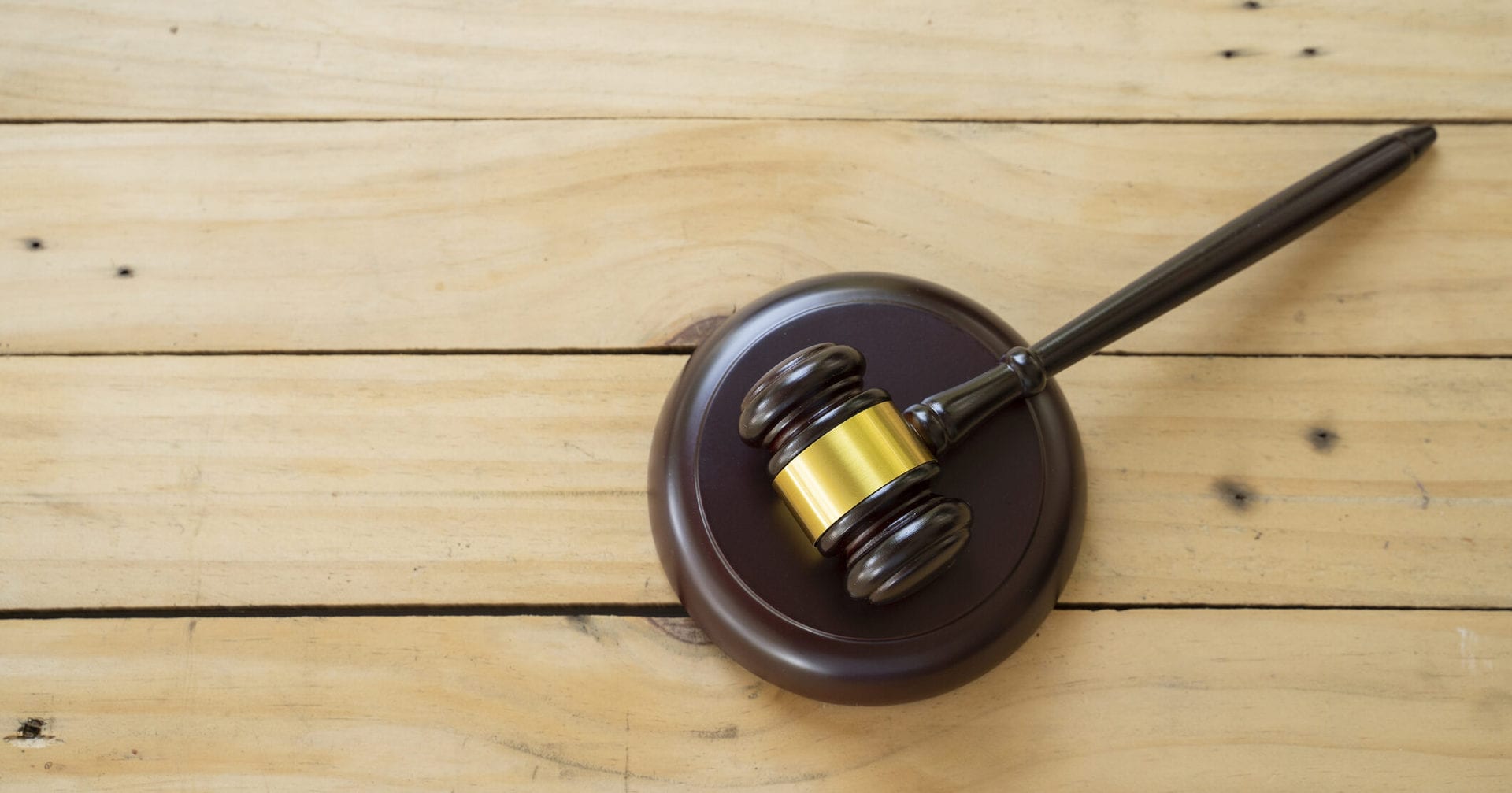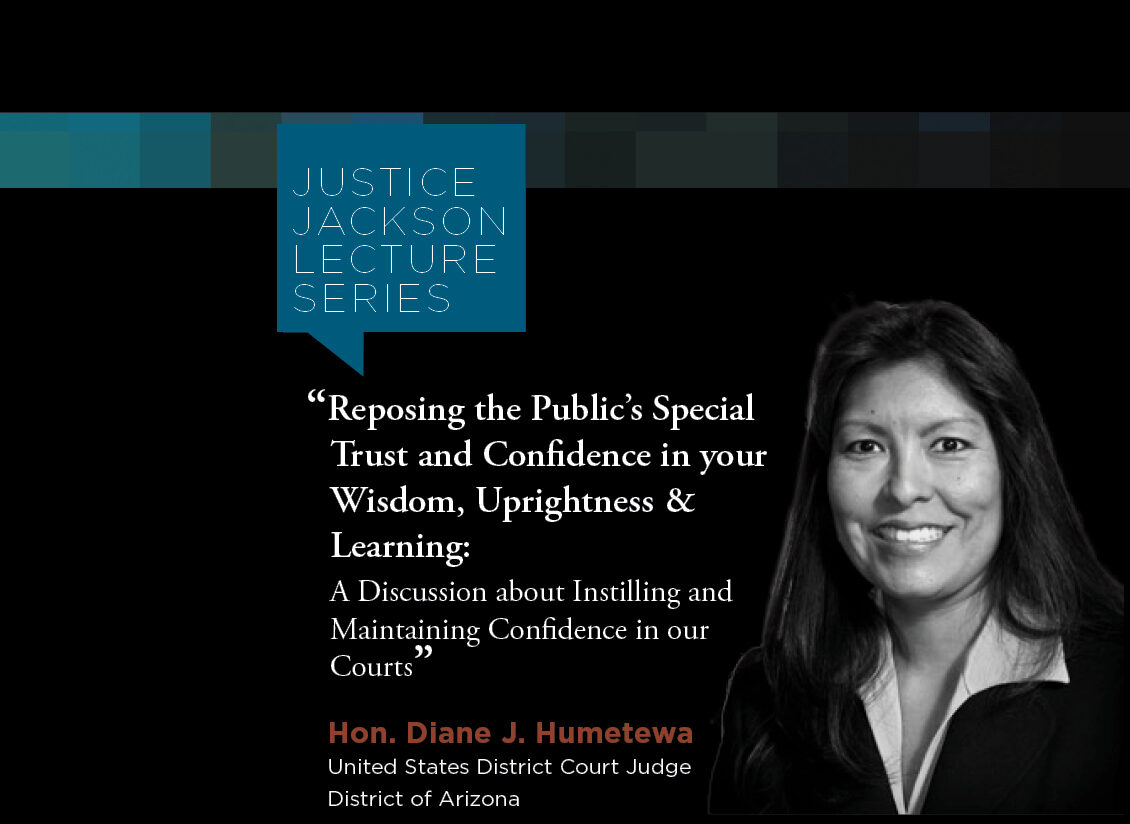

No issue involving the admission of criminal evidence is more troubling — and more complex — than the admissibility of “character” evidence under Evidence Rule 404(b) and the balancing of the prejudicial effect of such evidence ER 403. Many judges see and hear these types of evidence every day on the bench:
- The fact that the defendant has a gang affiliation.
- A defendant’s reputation for violence.
- The defendant “beat me up before.”
- Although clearly propensity evidence, state asserts admissibility as “res gestae” evidence.
Rule 404(b)(1) generally prohibits the introduction of propensity evidence at trial. Rule 404(b)(2), however, provides an exception to this general rule for evidence that is also probative for some other purpose, “such as proving motive, opportunity, intent, preparation, plan, knowledge, identity, absence of mistake, or lack of accident.” The interplay between the general exclusion of propensity evidence and admission of such evidence for an alternative purpose keeps most of us awake at night. How do we make sense of all of this?
Extrinsic evidence of other crimes, wrongs, or acts is inherently prejudicial to a defendant, and may entice the jury to draw the prohibited inference that a defendant previously convicted of a crime likely committed the same crime again. Nowhere is this consideration more problematic than when gang evidence is elicited from a witness.
Let’s consider the following example:
- The defendant is charged with attempted possession and distribution of marijuana. Several conversations with an undercover police officer are offered as evidence where defendant is alleged to have stated that she has operated a marijuana distribution system as part of her activities on behalf of the BGD gang, has purchased several pounds of marijuana from another source and has already distributed it to local dealers. May this come in as evidence?
Under ER 404(b), the answer would be no if the purpose was to demonstrate that the defendant acted in conformity with her character; but perhaps admissible if it is being used to prove something other than conformity, such as motive, intent, preparation, or plan. Then — we still have to complete the balancing test of prejudice under ER 403. When evidence of gang affiliation is added to this mix, the judge’s struggle can be overwhelming.
How do we rule when these challenges arise? Evidence in a Courtroom Setting (January 25-28, 2016 in Honolulu, Hawaii) is presented by the NJC to provide an opportunity to work through multiple such scenarios with seasoned judges. Come and perfect your skills in this complex area of law.

Happy October, Gaveliers faithful. Are you loving this or what? No one believed a team made up of judges...


Hon. Diane J. Humetewa, the first Native American woman and the first enrolled tribal member to serve as a ...

Retired Massachusetts Chief Justice Margaret H. Marshall has been selected as the 2024 winner of the presti...

Dear Gaveliers Fans: I am delighted to announce the appointment of our first Gaveliers coaches, profiled...